Like plenty of people, I take pictures of my food. A friend asked once, “Do you ever even look at those pictures later?” Well, now’s my chance. I looked at each month and picked a picture from a meal I enjoyed. Here we go.
January: Toki Underground — Washington D.C.

Man I want these noodles again. For all the food in New York and all the noodles we had in Japan, this bowl was probably one of the best things of food that I had this year. We had a D.C. trip in the works and added this after seeing it on Michael Pollan’s Cooked on Netflix. Just kidding, it was on Diners, Drive-ins, and Dives.
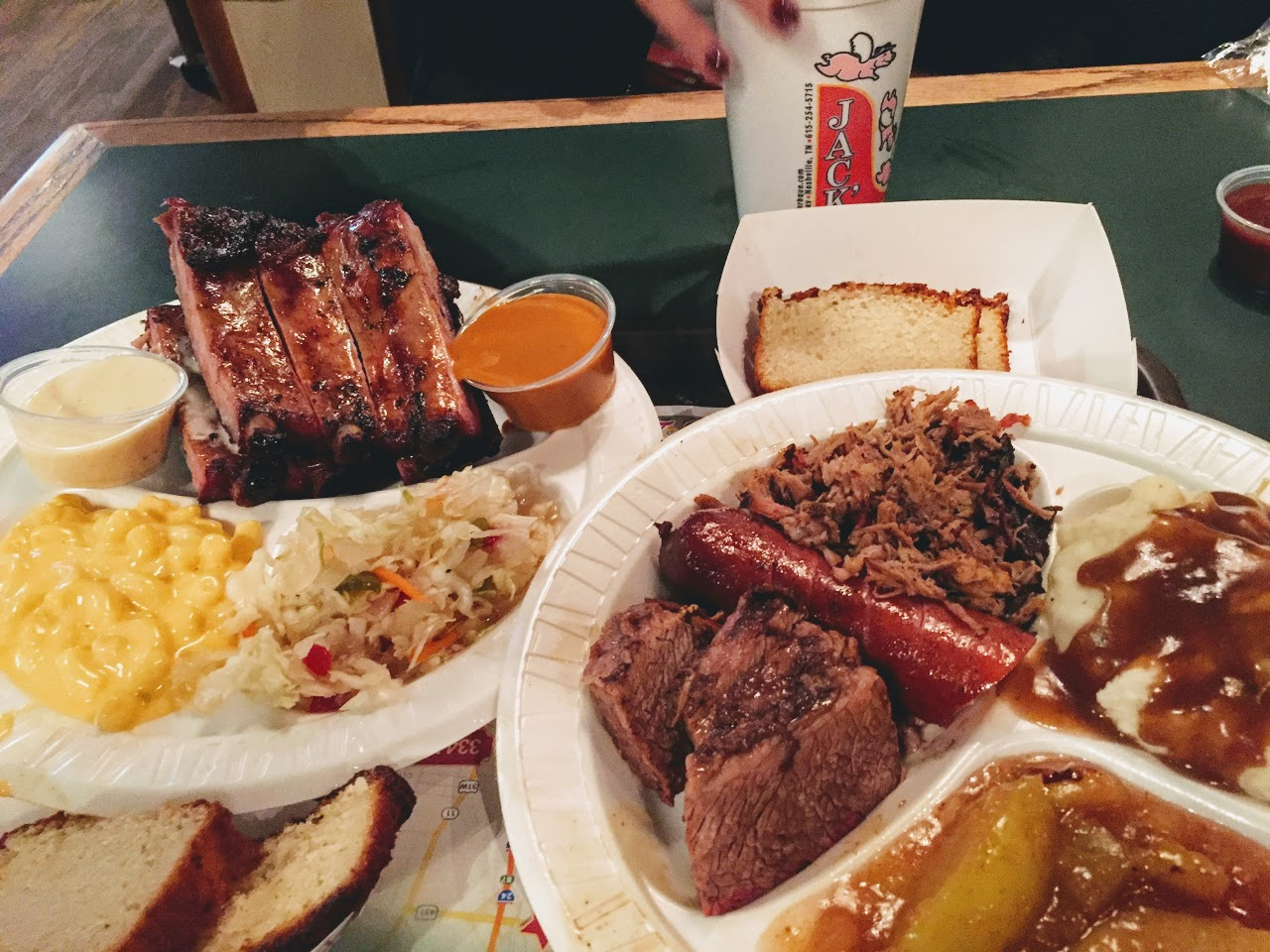
February: BBQ — Nashville
My girlfriend pulled the Master of None move on me and surprised me with tickets to Nashville the day before the flight. Just like it looked on the show, Nashville was a lot of fun. There’s live music everywhere, and the performers are good.
March: Roberta’s — Brooklyn

Roberta’s has a separate take-out location right next door. In 2015, we had both never been to Roberta’s and thought the take-out location was the main location. We got a (great) pizza at the take-out counter and ate it on some seats set up outside. We enjoyed the meal, left, and had no idea we weren’t at the main location.
Weeks later we were looking at reviews and noticed the pictures of the place looked much different. We went back to experience the actual restaurant and it was again a great meal.
April: Smorgasburg (the Prospect Park one) — Brooklyn

I love Smorgasburg. I don’t go often enough. People love taking pictures of food here, so I fit right in. Lobster rolls seem to mark good points in my time in New York. Probably because it means someone’s visiting and we’re eating outdoors.
May: Rokurinsha — Tokyo

Just amazing. We saw this on Mind of a Chef. There was so much good food in Japan. I’d love to go back. I like going back to places I enjoy maybe more than I like going to the places for the first time.
Like my 2nd time at a good restaurant is really enjoyable. You know what to order. You can also order that thing you saw other people order that looked good the first time around. There’s no anxiety of having picked the restaurant and hoping to god that the friends you’re with enjoy it and respect you as a person for picking that restaurant. God help you if they don’t like it.
I could have written entire posts about what I ate in Japan. And I did!
- Japan Trip 4 of 10: As seen on TV
- Japan Trip 5 of 10: Ramen
- Japan Trip 7 of 10: Cheap eats
- Japan Trip 9 of 10: Tsukiji Market
- Japan Trip 10 of 10: More As Seen on TV
June: Crab at home — Oak Harbor, Washington

I grew up in Oak Harbor and there’s a lot of Dungeness crab. It’s not known for it or anything. I somehow didn’t realize what kind of luxury this was growing up. There are just a lot of families that crab and they usually have a surplus of crab so they give it away or sell it for very cheap. (Say $5 per lobster.)
When it’s in season, my parents usually have some for me if I visit. There are few things I enjoy more than laying out a bunch of newspaper, pouring some vinegar to dip in, then ripping the top shell off and cracking the steamed corpse in half and having the off yellow fat drip on top of a bowl of fresh steamed rice. It’s further enhanced when I use the clean pinky on one hand to hit play on a random on-demand episode of Diners, Drive-ins, and Dives.
Bliss.
July: Random Korean dishes with friends — Financial District

I have a group of friends from California who moved to New York around the same time I did. With some of their other friends, we all became a small family to spend our orphaned holidays together.
A running half-joke was that some of them were constantly a few months away from moving back to LA. Then they’d say “We decided to stay one more year” and we’d celebrate the decision. Some of them are actually making the move out of New York now so I’ve been in the midst of the reminiscing.
Some more my best memories in New York are with them. We hang out less frequently than we used to but when we get together it’s a blast. Almost always followed by a hangover.
Bonus food place: Per Se — I wrote about this here. One of the best meals of my life.
August: Shuko — New York

Great sushi and a not so stuffy environment. They played a lot of Drake. I love this place.
September: Very Fresh Noodles — Chelsea Market

I go to Xi’an Famous Foods regularly. I might like Very Fresh Noodles better. It used to be my go-to meal after any weekend gym trips.
October: This steak — My humble abode

I love steak. For a date night in, I splurged on one of the $25-ish per pound cuts at Whole Foods. The pan was too small to hold it. Did what I could, crossed my fingers, and it turned out pretty good.
As mentioned before, lobster rolls signal good outdoor memories. These pricey steaks now make me think of great times indoors. Another time I did this was my first month in New York, away from family. It was my first time alone on Christmas Eve. Which sounds kind of sad but for some reason is a good memory almost entirely because I had an enormous steak to eat.
November: Wataru — Seattle

I was with my favorite people in the world eating amazing sushi1. Add in some sake and it’s my favorite meal this year.
December: Cleavers — Philadelphia

I spent an hour or so reading about cheesesteaks trying to pick a few places to try. Ingredients and health wise, it’s nearly the same as saying “Yeah, let me get 3 double cheeseburgers.” It’s awesome.
We were only in town for a couple days so we didn’t have many meals to spare on this. I considered the classics and read multiple top-cheesesteaks lists. Then we went to the most mainstream of the bunch.
This is not a hole in the wall local find. It’s downtown, clean, three floors, with polite service. They even have the gimmick touchscreen soda fountain with apparently every syrup to make your own creations that you usually only see in theater lobbies. Most importantly, they make a mean cheesesteak.
We went again like 12 hours later. I love Cleavers.
- I’ve written previously about enjoying going to nice places but maybe not having a sophisticated palate. Sometimes I don’t know if it’s worth paying for high-end sushi. For myself, I mean. I think it’s totally worth it if you enjoy it. This meal was different. The difference was clear. I’ve had toro before but I really tasted the difference this time. ↩︎


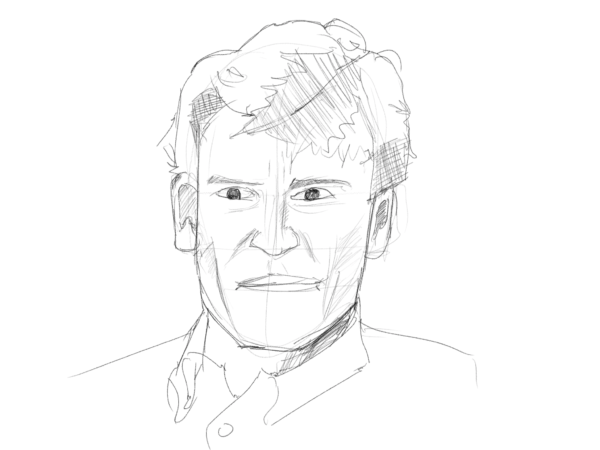


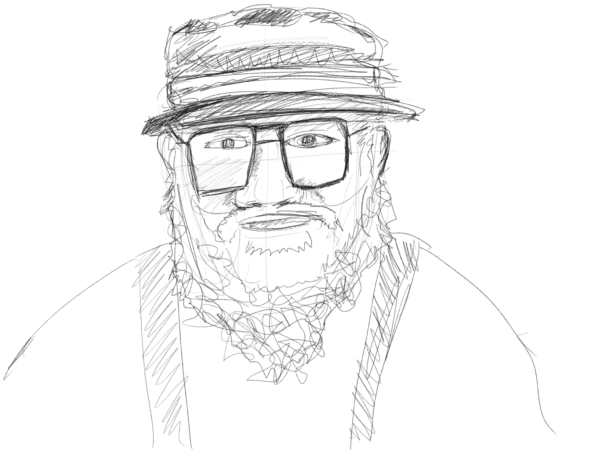
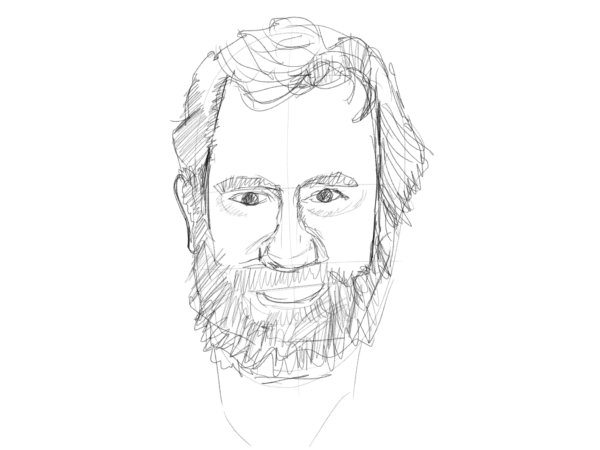
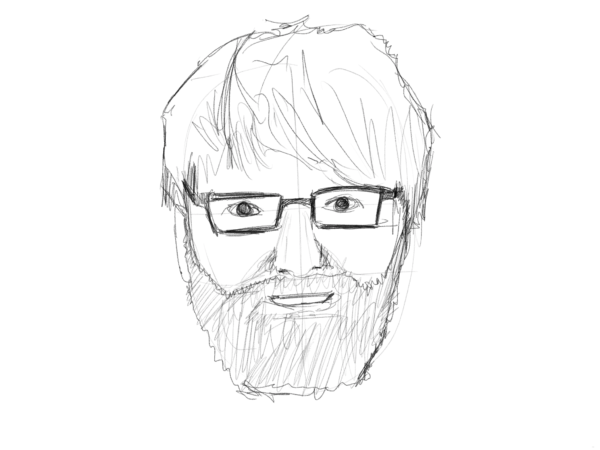


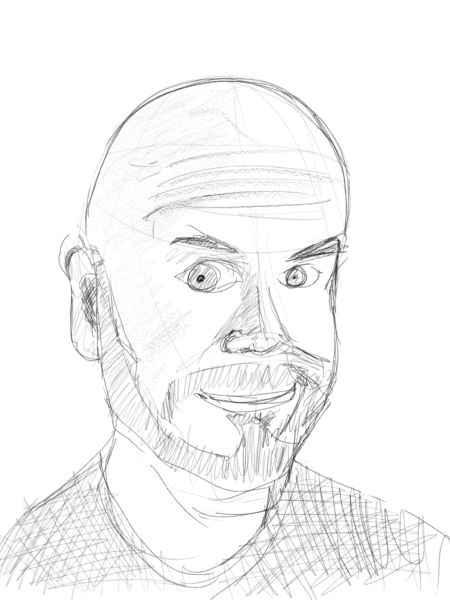
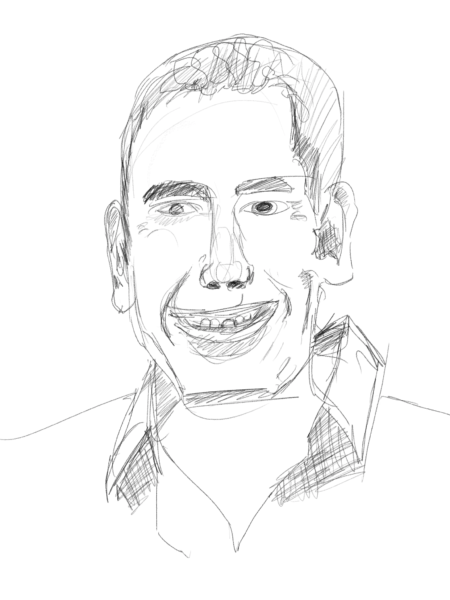












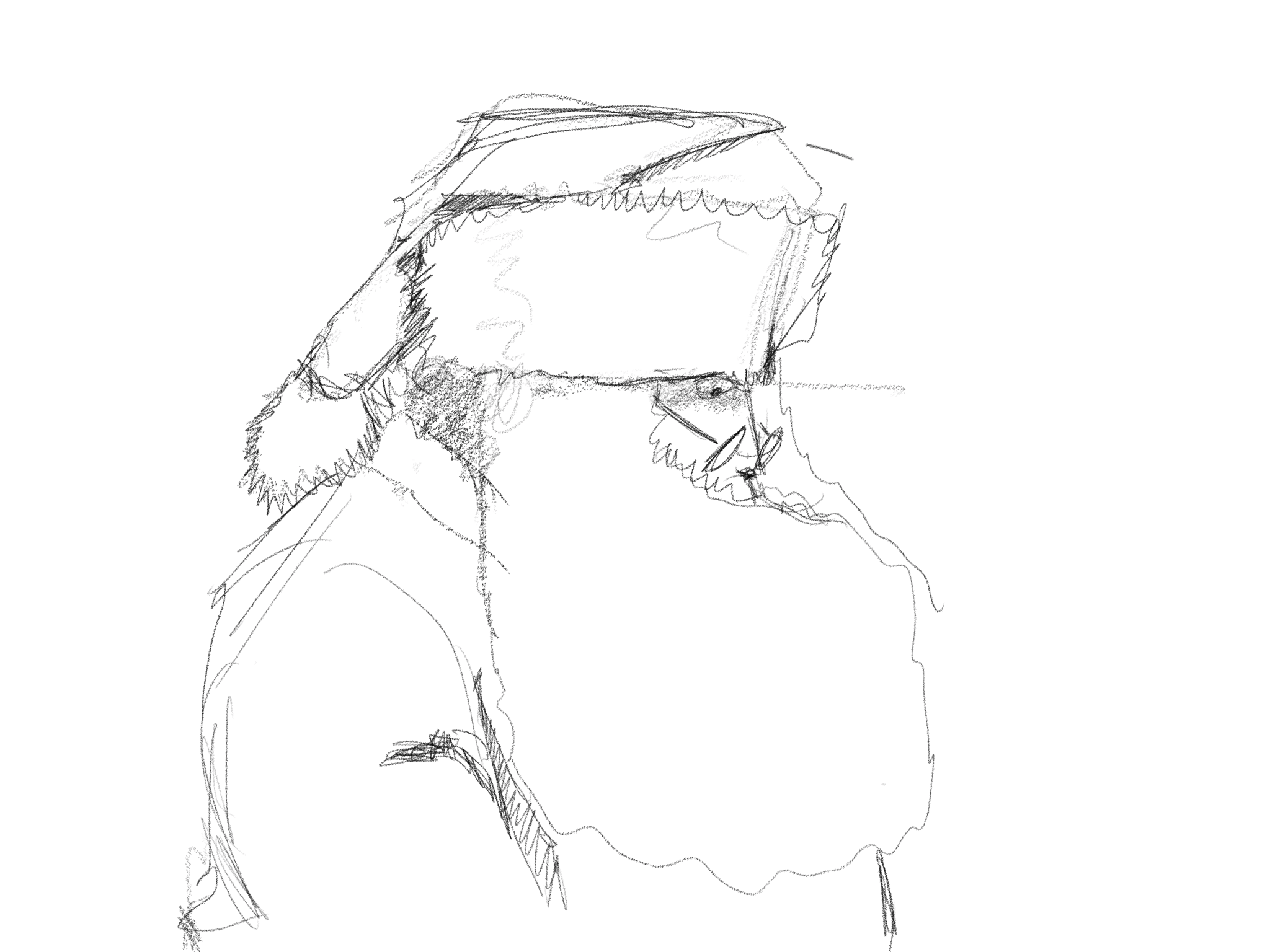




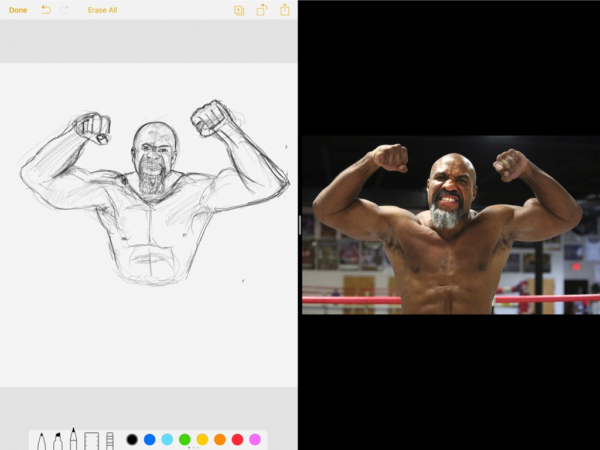



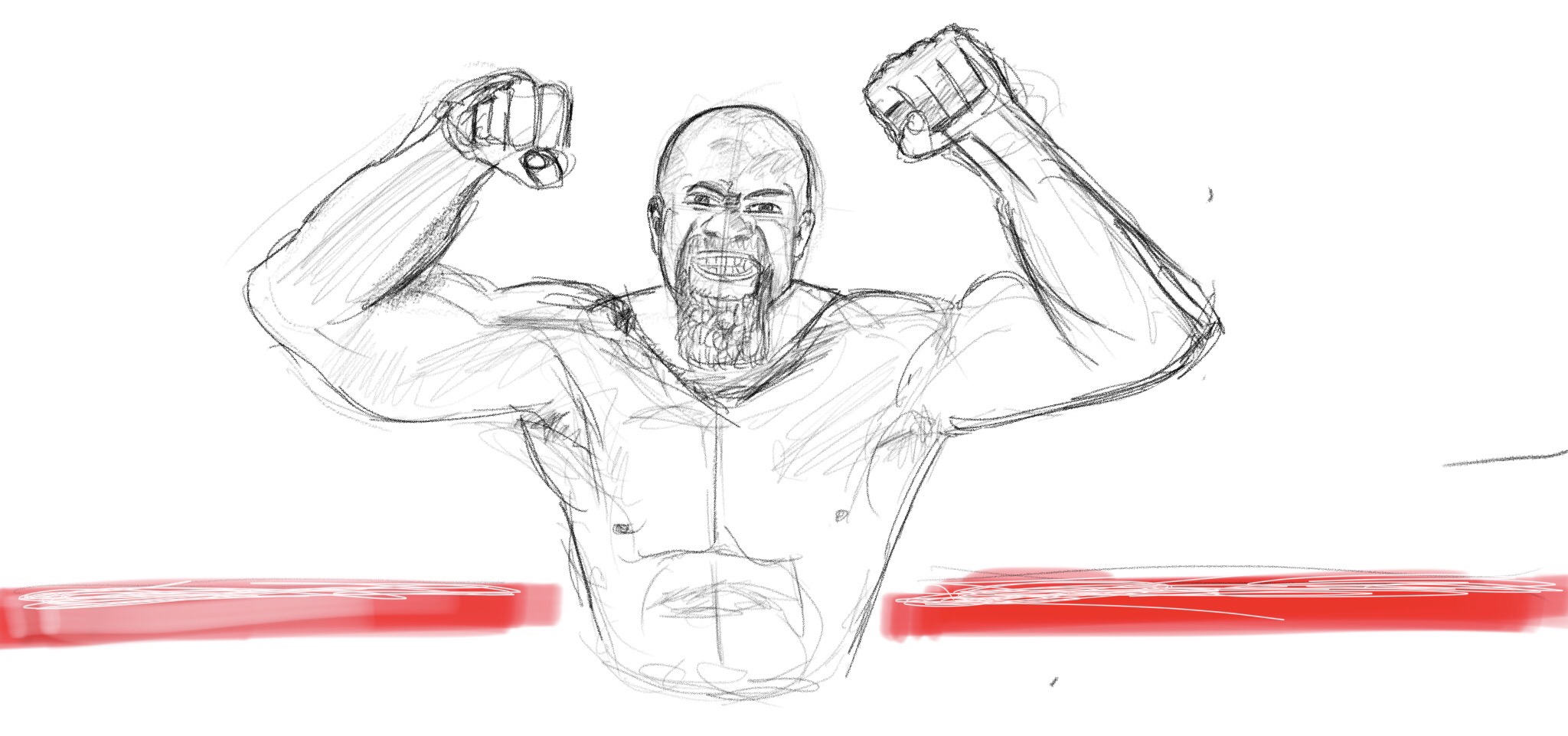
 The QC35s are built to silence those kinds of constant hums and whirs. Voices and sirens are quieted. Union Square at rush hour sounds like a side street. Everything seems just a little more calm.
The QC35s are built to silence those kinds of constant hums and whirs. Voices and sirens are quieted. Union Square at rush hour sounds like a side street. Everything seems just a little more calm.